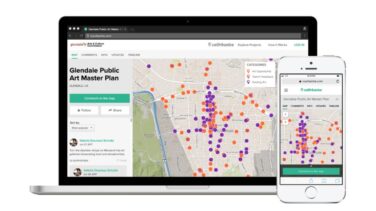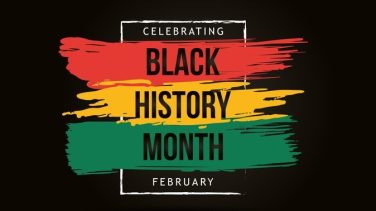The Importance of Language Translation in Real Estate Development
Have you learned a foreign language? If so, just how fluent are you in that language? Test yourself: Are you able to translate the terms below without consulting a dictionary?

Real estate development
Community planning board
Mixed-use property
Scaffolding
Rezoning
If you can, congrats! You’re more fluent than most. But if you can’t, you’re hardly alone. Many people can speak and comprehend simple phrases in a language besides their native tongue, but few are sufficiently fluent to understand and participate in discussions that take place in public planning and development meetings. That’s why we’ve just rolled out a Language Equity Plan (LEP) — to ensure that people whose primary language is not English can have a say in what gets built in their neighborhoods.
We’re incorporating the LAP into all projects on the coUrbanize platform that meet specific criteria: If at least 5% of residents in the area where the project is located speak the same non-English language at home, all communications on the platform and all related materials (e.g., SMS text messaging signs, door hangers, and mailers) will be translated into that language at no additional cost to our clients. In case you’re wondering, we use the latest figures from the U.S. Census to determine which languages to translate. In some areas, multiple languages meet the threshold.
Given the demographics of the U.S. population, it’s clear to us that this step is necessary. According to the Center for Immigration Studies, nearly 22% of residents speak a language other than English at home. The percentage rises to nearly 50% in the country’s five largest cities.
That’s a lot of people who could benefit from translation during the development and planning process. But despite these demographics, most information shared during community meetings or through printed materials is in English, with no translations available. The consequences are significant: Residents who are not fluent in English face barriers to participation. They may not understand what development is underway or under consideration. They may not have the ability to weigh in on an issue that affects their community. They may not feel like they have a voice.
It’s not only the residents themselves who should be concerned by the lack of access. Developers and municipalities are also affected. We find again and again that the greater the participation of local communities in the planning process, the more successful the project outcomes are. This is not surprising – a recent survey we conducted showed that most people support development. But they’re less likely to support development if they don’t understand what’s being proposed and can’t easily state their opinions.
Fortunately, some developers and municipalities recognize the importance of translation and are already incorporating it into their community outreach efforts. One excellent example is Innovation QNS, a mixed-use development in the Astoria neighborhood of Queens in New York City. On its coUrbanize site, you’ll see detailed information available in six different languages.
We applaud Innovation QNS and our customers setting a new standard when it comes to multilingual engagement. Hopefully, this encourages other real estate, cities, and towns to adopt similar standards. That, to us, would be a most welcome development.


